
Fairy Ring Champignons
Fairy ring mushrooms, or mousserons in French (Marasmius oreades) are the exception. They're small, but they pack big flavor. Once you find a little patch you can come back to the same spot to pick more each year. Small mushrooms are hard to identify, but there's characteristics that make these easy to pick out, as long as you pay attention.

The Mysterious Growth Of Mushrooms In Fairy Rings Wsmbmp
Fairy Ring Champignons Edible Autumn Spring Summer View Full Size Image Fairy Ring Champignon, Marasmius oreades A great tasting gourmet mushroom and although small can usually be found in large numbers. Watch our videos on YouTube Please note that each and every mushroom you come across may vary in appearance to these photos. Cap

Fairy Ring Mushroom, Marasmius Oreades, Edible Fungus Against White
Fairy Ring Champignons that appear early in the year are pretty safe, but extra care is needed from mid summer onwards because a few toxic toadstools are likely to pop up in the same locations as Marasmius oreades. Clitocybe rivulosa and Clitocybe dealbata - both white spored mushrooms of grassy habitats - can sometimes produce fairy rings.
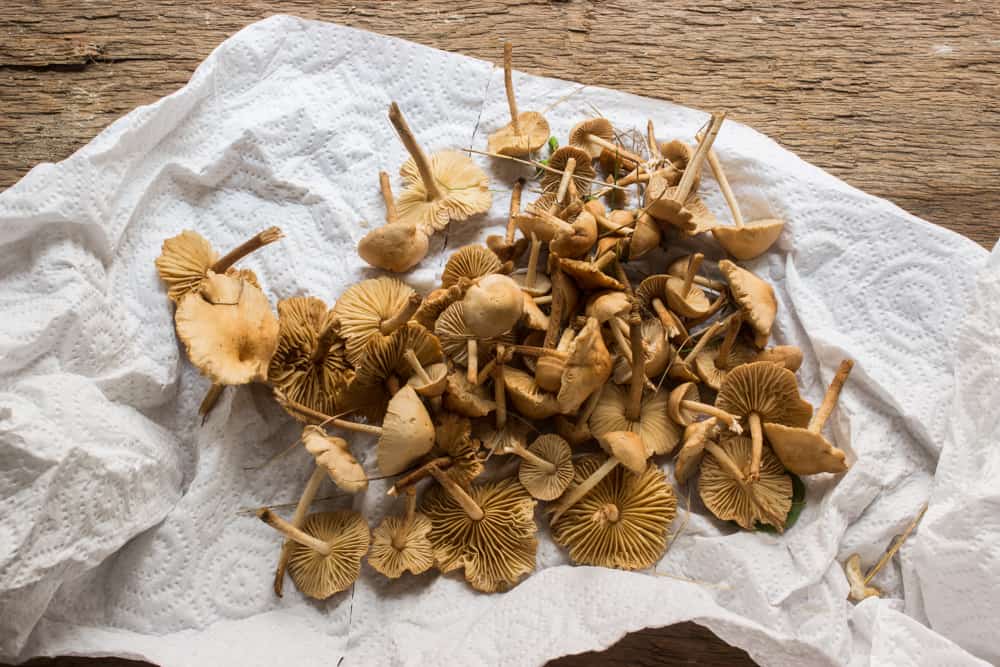
Fairy Ring Mushrooms or Marasmius oreades
Fairy Ring Mushroom Edible Scientific Name Marasmius oreades Family Marasmiaceae Description Tan to reddish brown, knobbed cap; off-white gills. Grows in grassy areas, lawns, meadows, often in arcs or circles called fairy rings. May-September.
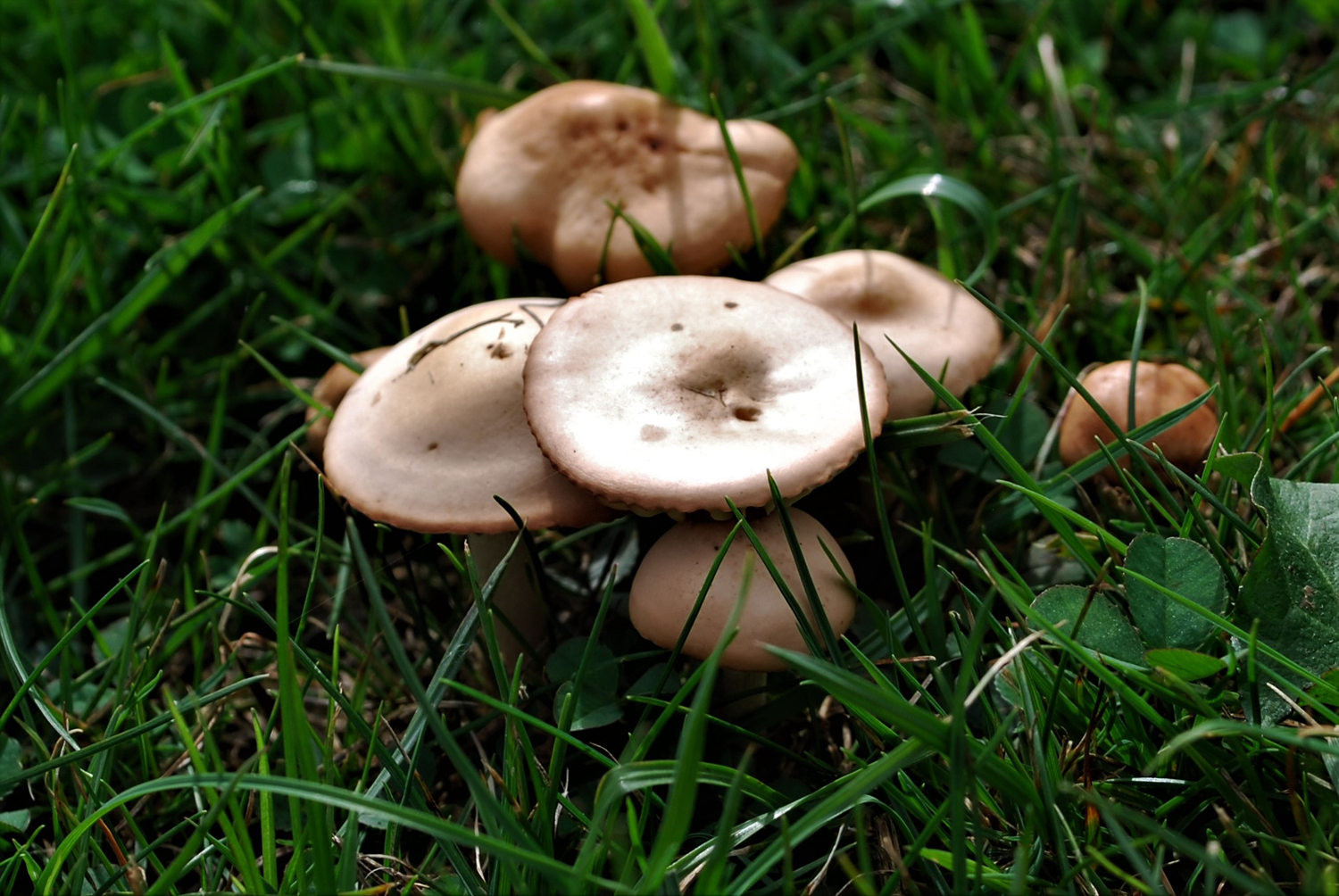
Fairy Ring Champignons
Mycelium is a spreading fungus which grows in fertile, damp environments. In good conditions, the spores will develop into mushrooms (the most well-known being the edible Scotch bonnet, or fairy ring champignon). The mushrooms reach out of the ground and create an easily visible ring. Underground, the mycelium networks out under the grass.

fairy ring marasmius Fungi of Scotland) · iNaturalist
Fairy ring mushrooms, also known as Marasmius oreades, are a type of mushroom that grows in a circular pattern. Many people are curious about whether these mushrooms are safe to eat. The short answer is yes, fairy ring mushrooms are indeed edible. However, there are some important things to consider before consuming them.
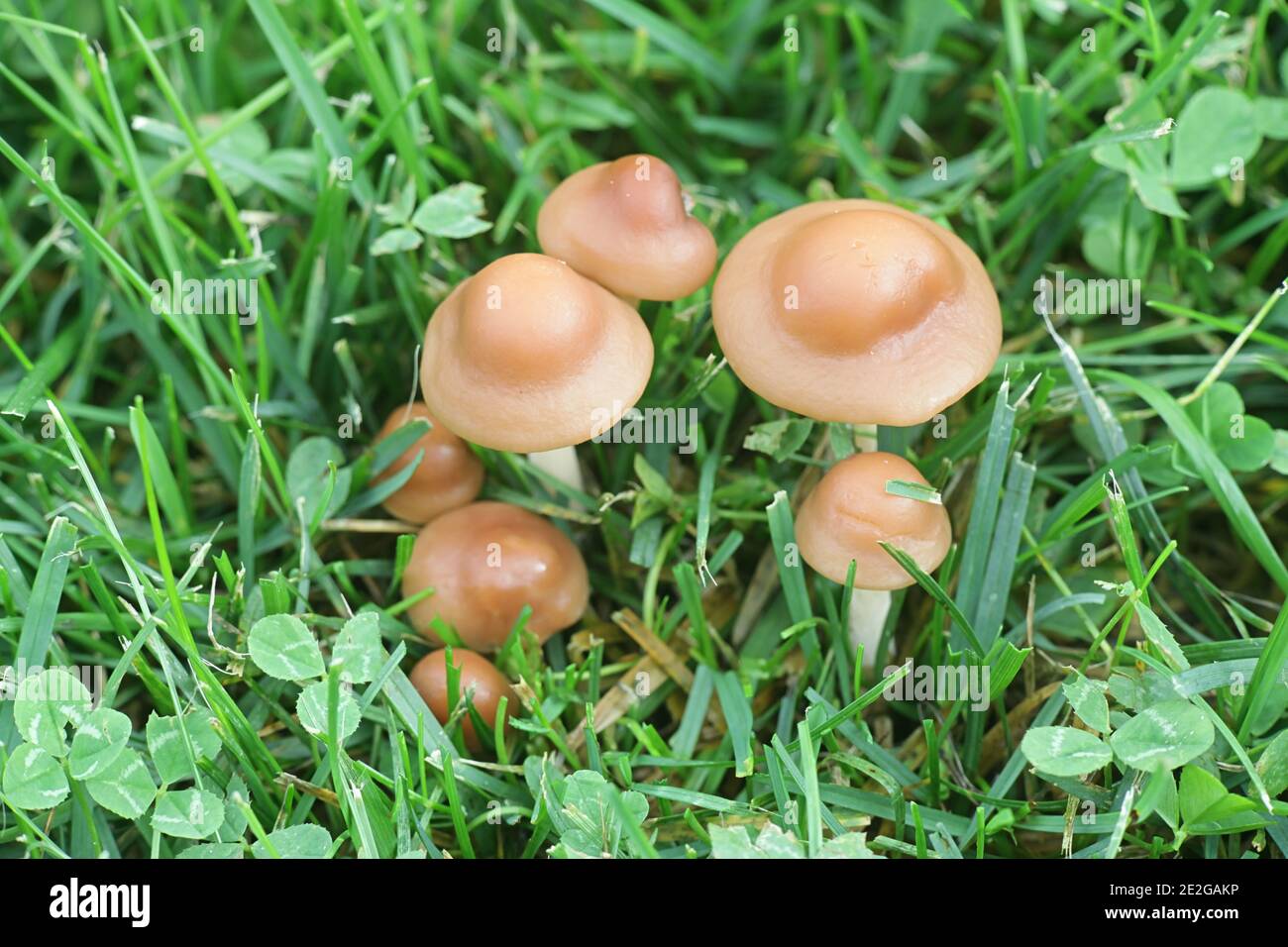
Marasmius oreades, known as fairy ring mushroom or fairy ring
Marasmius oreades, also known as the fairy ring mushroom, fairy ring champignon or Scotch bonnet, is a mushroom native to North America and Europe. Its common names can cause some confusion, as many other mushrooms grow in fairy rings, such as the edible Agaricus campestris and the poisonous Chlorophyllum molybdites . Distribution and habitat
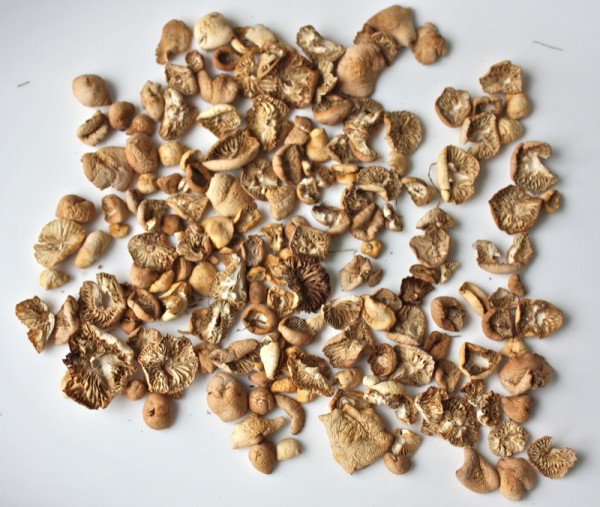
Fairy Ring Mushrooms are Edible (Well, most are!)
Fairy ring mushrooms, also known by the scientific name Marasmius oreades, are an edible fungi species native to North America and Europe. Unlike many of the mushrooms we've covered, fairy rings have a distinctive sweet taste that makes them suitable for recipes such as cookies or cakes.

Fairy Ring Champignon Marasmius oreades Fairy ring, Stuffed
Actually, most are edible. It is the few deadly poisonous ones that one has to learn about. Truly, it is lack of knowledge that has kept me from harvesting the throngs that have been growing in our grass this year, until now. We are still trying to rigorously rid our lawn of them, but in the meantime…. here is a small harvest.

Fairy ring mushrooms Stock Image B250/1783 Science Photo Library
By gary simpson December 10, 2023. Marasmius oreades, commonly known as the fairy ring mushroom, is a species of edible fungus notable for its interesting growth pattern and culinary value. This mushroom is typically found in grasslands across Europe and North America, where it forms naturally occurring patterns known as fairy rings due to the.
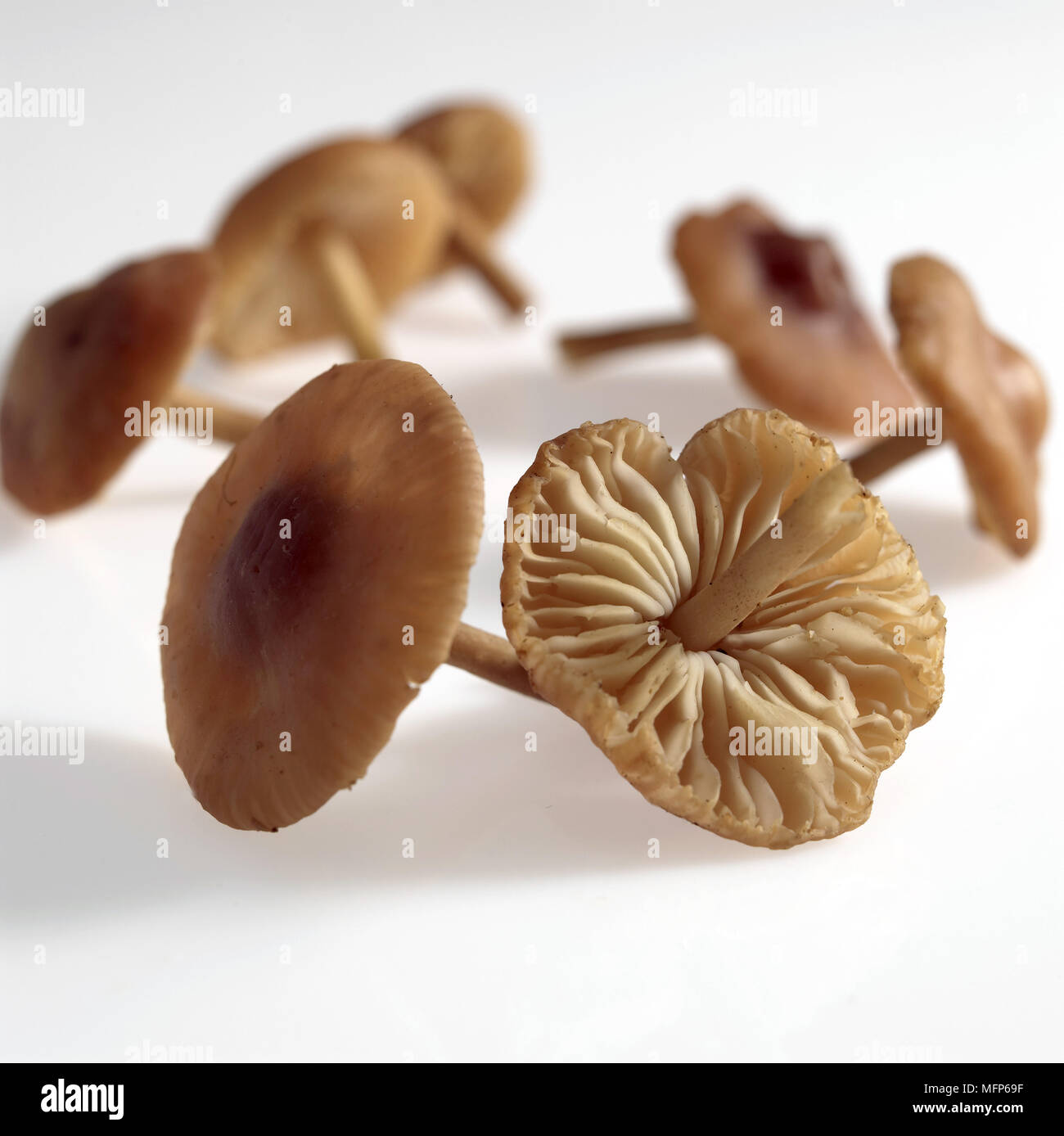
Fairy Ring Mushroom, marasmius oreades, Edible Fungus against White
A fairy ring is a mushroom growth habit which tends to occur in areas with evenly distributed nutrients. One particular type of mushroom, the edible Marasmius oreades, is heavily associated with fairy rings, leading many people to call it the fairy ring mushroom.

Fairy ring Stuffed mushrooms, Fairy ring, Magical mushrooms
The fairy ring mushroom, scientifically known as Marasmius oreades, is a common sight on lawns, meadows, and pastures in summer and fall. Fairy ring mushrooms are an edible species enjoyed by many but also commonly ignored because they are small and rather ordinary looking. Scientific Name: Marasmius oreades

Fairy Ring Mushroom. Edible. Mushrooms (Mostly Pacific NW) Pinterest
Marasmius oreades is a small mushroom that grows in circular patterns called fairy rings. It has a bell-shaped to convex cap that becomes flatter with age. This mushroom is known as a "resurrection mushroom" because it can dry out completely in hot weather but reflate and regain its shape and color after rain, and it can also produce new spores.
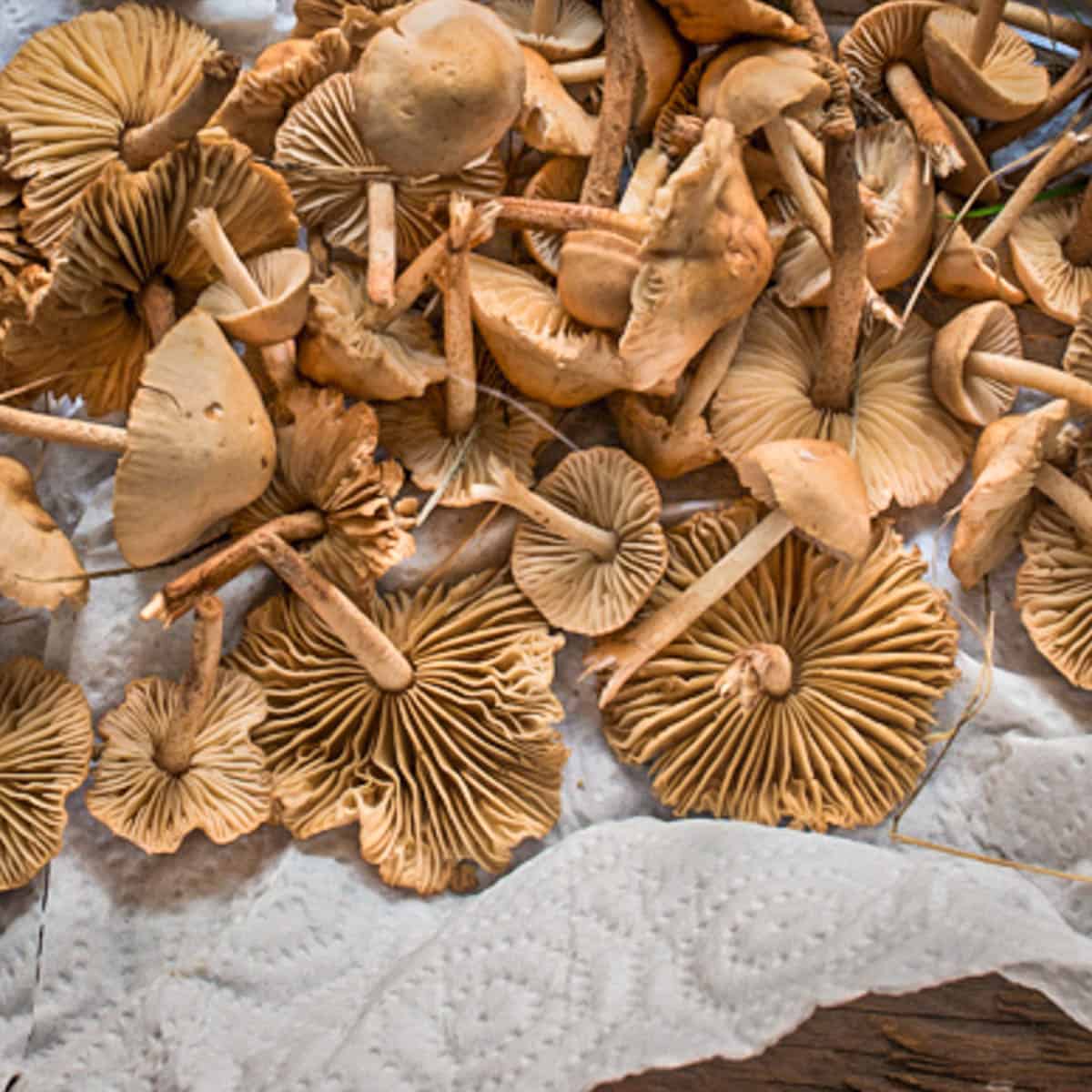
Fairy Ring Mushrooms or Marasmius oreades
The Fairy ring mushroom is my personal favorite. They seems to be everywhere, they're tasy, easy to identify, and with some patience you can really gather quite a lot of these insignificant-looking fellows.. When you find a fairy-ring, don't assume it's the edible variety until you check the stem and gills, because there are superficial look.

Fairy Ring Mushrooms are Edible (Well, most are!)
Let's go! Marasmius Oreades Is The Marasmius Oreades Edible Or Toxic? The Fairy Ring mushroom or also known as Maramius Oreades is far from being a toxic mushroom, on the contrary, it is a very good edible! Some recommend consuming only the cap, as the stem is fibrous and less flavorful. Where Are Fairy Rings Found? Soil

Fairy Ring Mushrooms are Edible (Well, most are!) Stuffed mushrooms
"Mushrooms are fascinating organisms that come in numerous shapes, sizes, and varieties. Among the most intriguing are the so-called "fairy ring mushrooms", which form intriguing patterns in grass and other vegetation. In this article, we introduce five of the most common types of fairy ring mushrooms: Agaricus campestris, Marasmius oreades, Lepiota procera, Chlorophyllum molybdites, and.